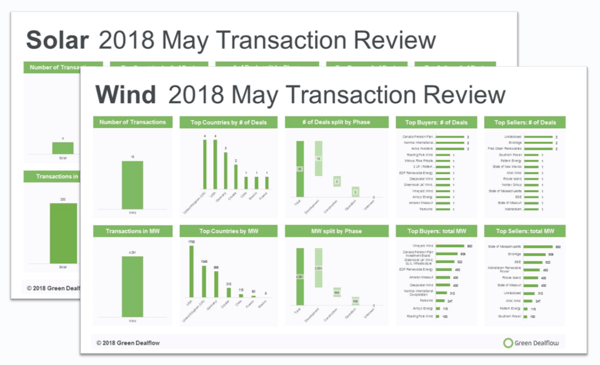
On 27 July, the Italian TSO Terna presented to the citizens of Castelvetrano, Campobello di Mazara and Partanna (Sicily) the results of public consultation on the planned strategic electric connection between Italy and Tunisia, an underground cable connecting the European and African electricity systems.
The cable will be underground and undersea between Italy and Tunisia as a Project of Community Interest (PCI) that will support Sicily to become a strategic European energy hub for managing energy flows, particularly to support renewables from one continent to another. In addition, the new interconnection will increase benefits for the Italian electricity system and overall to the European system as a whole in terms of sustainability electricity markets integration.
The infrastructure will link the electrical substation in Partanna to a corresponding substation in Tunisia, on the Cape Bon peninsula, with a continuous current of 600 MW. The cable will run for 200 km crossing the Strait of Sicily, allowing the natural renewable resources of the island to fill the demand over the Mediterranean Sea. You can read more about the project here.
The decision taken by Terna to supply electricity to Tunisia now increases its strategic value after the IRENA recently published a report on its growing energy demand and deficit in energy balance.
Furthermore, the interconnection project with Sicily planned by Terna could lead to an unexpected outcome. In fact, despite the early market opportunity for Italy to sell electricity to the growing African country, given the extension and the promising photovoltaic potential of the Tunisian territory, Italy could find a more convenient solution to developing its climate plan.
The recent report published by the International Renewable Energy Agency highlights the potential for renewable energy in Tunisia. Let’s have a look at the findings.
As per the report by IRENA, “Tunisia has witnessed growing deficits in its energy balance over the past two decades. This trend is largely the result of increasing energy consumption in all economical sectors and the decline of hydrocarbon production. This led to an energy deficit amounting to 50% in 2019 compared to 7% in 2010, thus leading the country to become more dependent on imported fossil energy.” can be read in the IRENA’s Renewables Readiness Assessment, underlying the space for energy imports and investments in energy efficiency.
The agency also purpose eight key actions to accelerate the country’s uptake of renewable energy:
- Establish a renewable energy planning and scheduling framework
- Enhance renewables resource assessment through zoning
- Simplify procurement procedures for power grid development
- Clarify institutional roles and strengthen human resources
- Establish an independent electric power regulator
- Operationalise the Energy Transition Fund
- Create a dedicated financing mechanism for solar water pumping
- Involve local banks in the financing of renewable energy
Over the past two years, the Tunisian government supported policy initiatives updated the current electricity purchase agreements and encouraged renewable energy development. Although several challenges remain, the Tunisian National Energy Plan suggests the will to move forward.
To conclude, the move made by Terna can serve Italy both in the short term by selling the electricity and in the long term by importing the electricity (if at some point the renewable energy generation takes off in Tunisia).
Follow us for many more articles and updates!
Green Dealflow – is a matchmaker for professional investors and asset owners in the solar and wind industry. You can create a free account and search for assets to invest in, or ask us about off-market projects, find investors for your projects with discretion (off-market), or PPA Off-takers can look for business partners on a “no cure – no pay” basis. Further to this, Green Dealflow delivers news, blog posts and business intelligence, e.g. through a transaction database and monthly reports.

